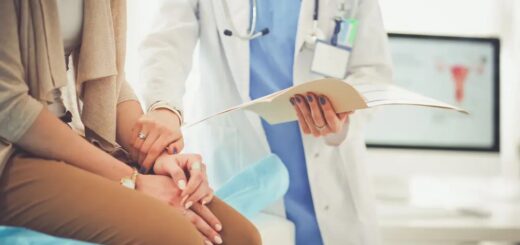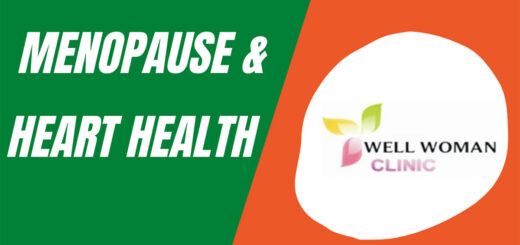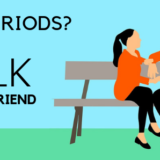𝐉𝐨𝐢𝐧𝐭 𝐩𝐚𝐢𝐧𝐬 𝐝𝐮𝐫𝐢𝐧𝐠 𝐦𝐞𝐧𝐨𝐩𝐚𝐮𝐬𝐞
As women age, they start feeling pain in different joints. Nowadays, it is one of the most common problems and we call it as ‘Menopausal Arthritis’. Though the menopausal age is in between 45-55 years, the women may start developing the symptoms much earlier because of the hormonal changes in the body. The most common joint pains are knee joint pain, low back pain and hip joint pain. But some women may feel pain in other joints – hands, legs, neck, shoulder, jaw and elbows, wrists and fingers. Some women may experience joint stiffness the first thing in the morning, with swelling around the joints at the end of the day.
Causes of joint pain during menopausal age
- During the menopausal age there is fluctuation in the hormonal levels specially in the estrogen and progesterone hormones.
- The level of estrogen starts decreasing due to diminished function of the ovary.
- The low or decreasing level of estrogen increases the inflammation around the joint which leads to swollen and painful joints.
- It also depletes the calcium from the bones and this increases the porous structure of the bones which is known as Osteoporosis. The bones become weak and painful.
- Estrogen increases the tendency of dehydration and this leads to increase in uric acid level and inflammation and stiffness of the joint.
- Hormonal imbalance increases the stress level causing emotional disturbances like loss of appetite, anger, loss of interest leading to other metabolic disorders plus poor absorption of the nutrients from the gut.
The other non – hormonal causes of joint pains are
- Injury to the joint along with wear and tear
- Excessive weight or obesity causing strain on the joint
- Improper diet with lack of calcium, vitamins and micronutrients specially Omega 3 fatty acids
- Sedentary life style or lack of exercise or excessive exercise
- Hereditary
- Certain metabolic diseases or medical illness like cancer or tumors
- Bone diseases
Symptoms of the menopausal joint pains
- Pain, stiffness, swelling, and feeling of warmth in the joints
- Morning stiffness
- Exacerbation of pain with exercise, and pain relieved by rest
If the joint pain is due to certain kinds of arthritis, then a woman may have following symptoms: fever, redness, swelling and stiffness of the joint
Time to consult the doctor
As soon as a woman notices the joint pains it is good to consult the doctor as early as possible to improve the outcome. If the woman has joint pains associated with swelling, restricted movements of the joints along with fever, then should immediately consult the doctor.
Steps to keep the joint at bay
Prevention is always better than cure. If a woman takes care of her joint in early age, then it is the best step towards the health of the joints.
- Take healthy well-balanced diet with lots of fresh fruits and vegetables. They provide the micronutrients and vitamins needed to reduce the inflammation
- Weight control is the best option to reduce the stress on the joint specially knee and hip joints
- Take calcium and other supplements as advised by the doctor
- Do yoga or exercise under the guidance of a trained instructor to keep the flexibility of the joint
- To reduce the stress, do meditation and relaxation regularly. It also helps to correct hormonal imbalance
- Massage and acupuncture can also be helpful but should consult the doctor prior to this.
To know how to manage joint pains, watch Bone & Joint Pains During Menopause













posted comments